In the traditional modernist planning that created the suburbs, you put residential buildings in suburban neighborhoods, office spaces into brain parks and retail in shopping malls. But you fail to exploit the possibility of symbiosis or synthesis that way.
Bjarke Ingels
America is blessed with natural resources. We’ve got abundant supplies of coal, copper, lead, iron, natural gas, timber, bauxite, and uranium. We’ve got wonderful farmland, fresh water, and we’re a major exporter of technology, consumer goods, and information systems.
But our greatest riches may be our vast swaths of suburbia.
It’s as if this we’ve rewritten America the Beautiful:
Oh beautiful, for spacious ‘burbs
For asphalt lots of plain
For golden arches majesties
Above the bleak terrain
We Americans love big cars and single family homes. We’ve built our country on interstate highways and zoning. In the process we made it hard to create village squares - gathering places anchored by a bit of outdoor space and lined with mixed-use buildings.
Enclosed malls became a stand-in for these organic places and as our population grew away from city centers, American village squares were replaced with big box stores at an interchange, surrounded by mid-rise offices and apartments, and further surrounded by single family cul-de-sacs.
And with each new ring of development, the American spirit died a little.
What might feel like a dystopian sea of sameness, however, is fertile ground. America is covered with suburbs, but for the most part they lack any kind of gathering place.
The good news: green shoots are sprouting across the country. Developers are seeing American suburbs for what they are - low hanging fruit of mass affluence without places to serve that most human desire: hanging out with others. The demand for such places is huge but the supply is tiny.
We have the technology to solve this problem - creating personality through compact, walkable, mixed-use developments with some combination of shops, restaurants, bars, cultural venues, residences, hotels, offices, and vibrant outdoor space.
It’s like fracking, but for real estate.
This is everywhere America:
But in this case a savvy owner paved over the parking lot and put up a paradise:
It’s a small part of large strip center, but replacing some asphalt with a bit of green space and renovating the surrounding buildings to add patios created a community gathering place (and immense value).


Outback vacated, only to be replaced with world-class tacos.
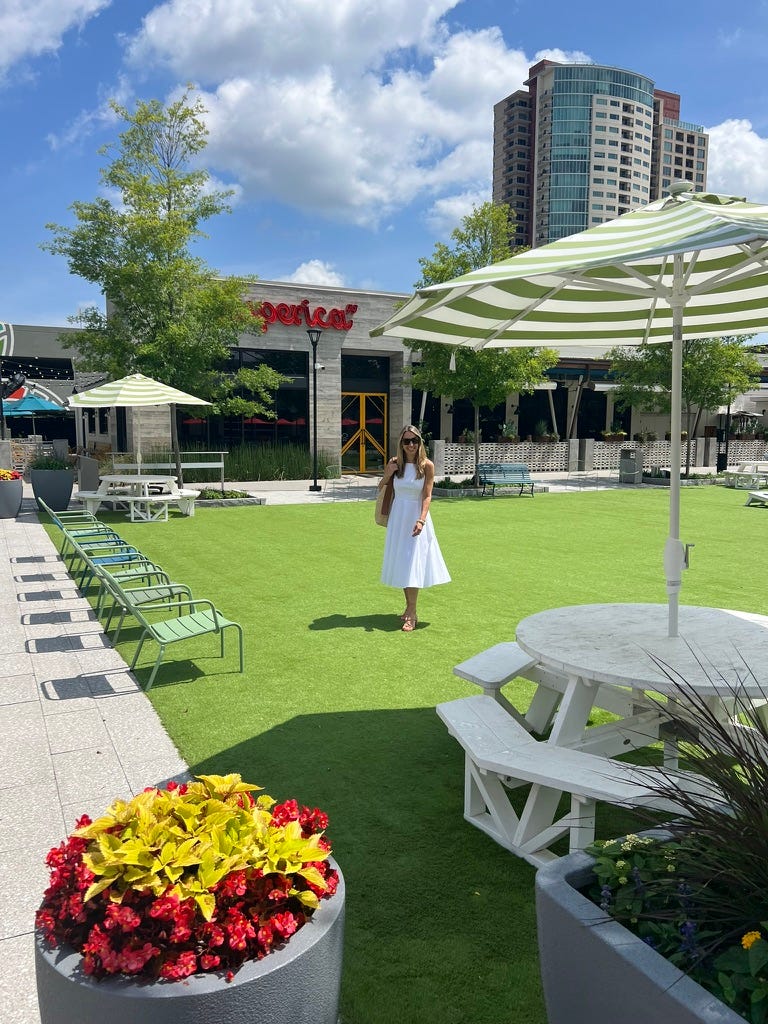
And the former parking lot came to life.
Seven miles north, this once bustling strip center ran its course.
To be replaced with this terrific mixed-use development.
Developer Armada Hoffler created extreme value from a few acres of underperforming suburban asphalt.


Sixteen miles south, here’s one of our projects - formerly an awkward collection of single-story buildings.
Now a neighborhood gathering spot along Atlanta’s Howell Mill Road.
The bar is low in suburbia. Single purpose properties can be converted to mixed-use, low density can be converted to high density. The consumers, infrastructure, and businesses are already there, and they’re motivated participants.
Urbanism gets the press, but the future of America is suburbanism - it’s where we real estateurs can exploit, as Mr. Ingels says, the possibility of symbiosis and synthesis.
Let’s make American suburbs great again.
If you’re reading this, you might be one of those obsessive types working to create wonderful places.
Whether you’re a property owner looking to bring a property to life, or a retailer, designer, restaurateur, or hotelier who can make it happen, Automatic is the place for you.
Join us on October 1 & 2 in Atlanta to find your people.




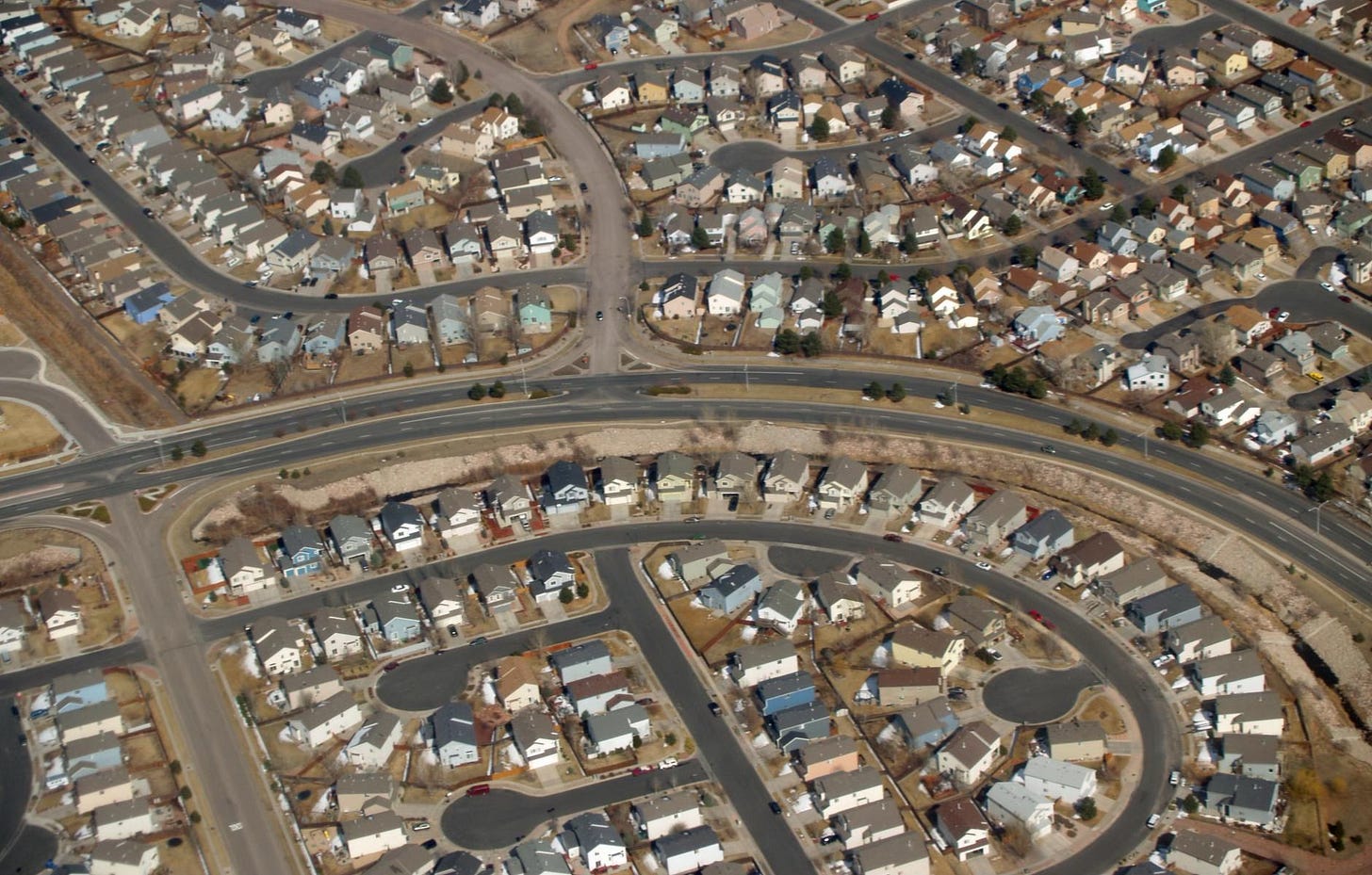

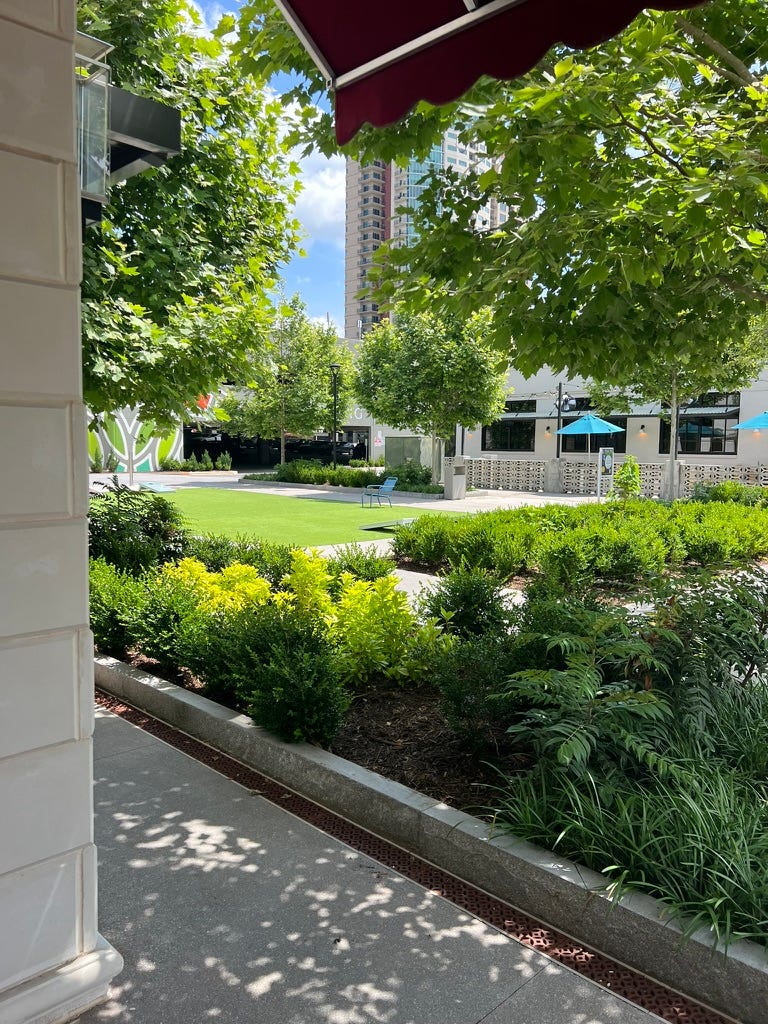
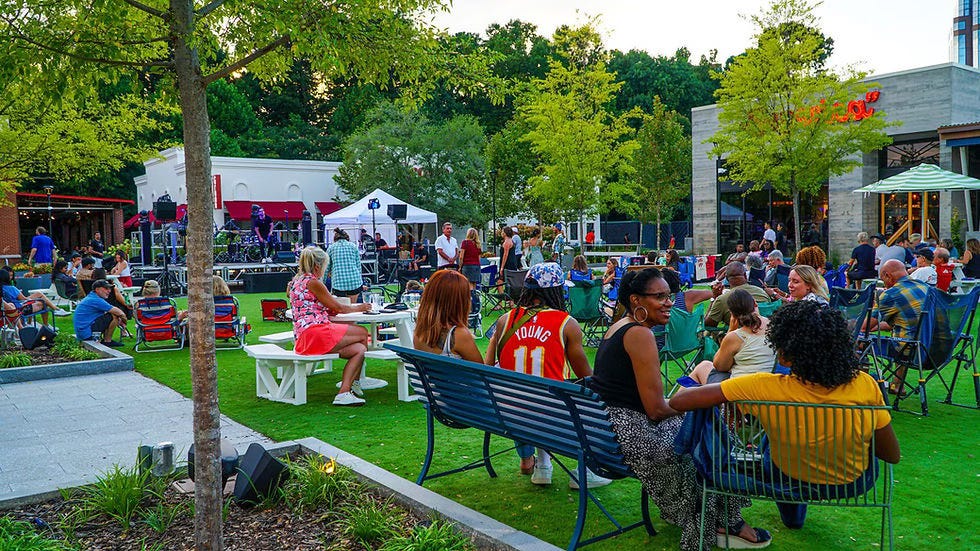


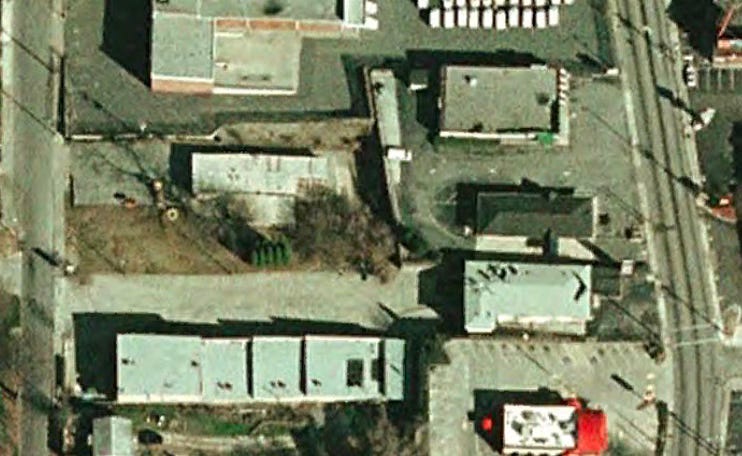

Loved this one! Hope more developers push for mixed use